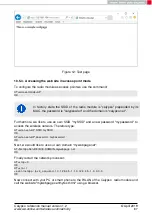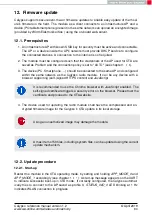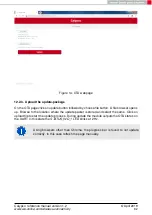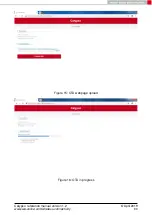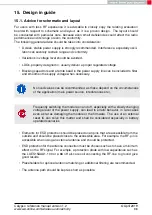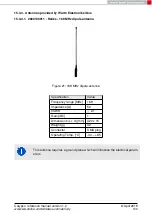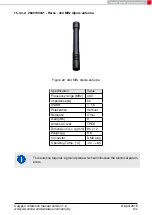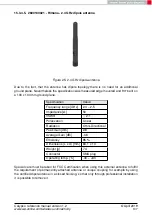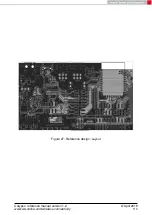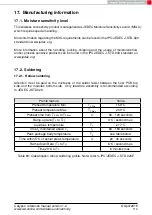
Again, no fixed values can be recommended, as they depend on the influenc-
ing circumstances of the application (antenna, interferences etc.).
Figure 18: Layout
• To avoid the risk of short circuits and interference there should be no routing under-
neath the module on the top layer of the baseboard.
• On the second layer, a ground plane is recommended, to provide good grounding and
shielding to any following layers and application environment.
• In case of integrated antennas it is required to have areas free from ground. This area
should be copied from the evaluation board.
• The area with the integrated antenna must overlap with the carrier board and should
not protrude, as it is matched to sitting directly on top of a PCB.
• Modules with integrated antennas should be placed with the antenna at the edge of
the main board. It should not be placed in the middle of the main board or far away
from the edge. This is to avoid tracks beside the antenna.
• Filter and blocking capacitors should be placed directly in the tracks without stubs, to
achieve the best effect.
• Antenna matching elements should be placed close to the antenna / connector, block-
ing capacitors close to the module.
• Ground connections for the module and the capacitors should be kept as short as
possible and with at least one separate through hole connection to the ground layer.
• ESD protection elements should be placed as close as possible to the exposed areas.
Calypso reference manual version 1.2
© April 2019
www.we-online.com/wireless-connectivity
99



